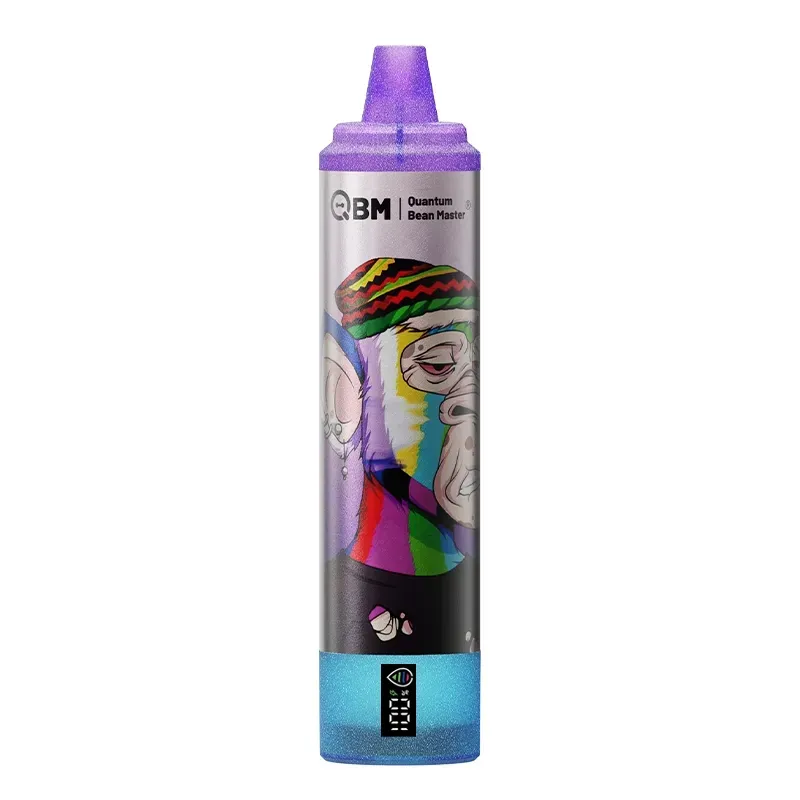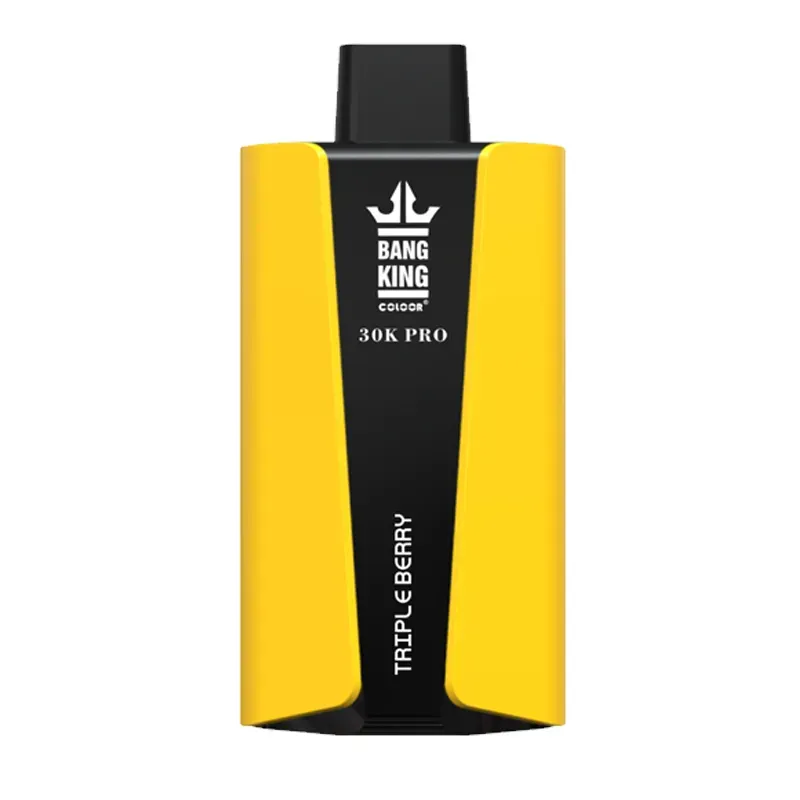

The penultimate stage is mixing the refined THC oil with a thinning agent to enable vaporization. Vegetable glycerin, propylene glycol, and medium-chain triglyceride (MCT) oil are commonly used. Each offers distinct characteristics in terms of cloud production and throat hit, allowing for customization of the vaping experience. Blend the oil and thinning agent in a recommended ratio of one part THC oil to one part thinning agent. Ensuring uniform consistency ensures a smooth flow through the vape pen. Finally, packaging the vape oil involves transferring the mixture into a suitable cartridge. It's crucial to use syringes or dropper tools for precision and to avoid contamination. Opt for high-quality cartridges designed to handle the viscosity of cannabis oil, equipped with ceramic or quartz coils for even heat distribution. Testing the completed product is essential, ensuring the oil vaporizes without clogging or burning, indicating that it has been mixed and refined adequately. Beyond the technical process, understanding the legal and health-related implications of producing THC vape oil is vital. Make certain that it is legal in your jurisdiction, and prioritize transparency regarding the product's THC concentration to ensure safe consumption. Implement rigorous quality control to establish reliability, and consider engaging with local cannabis communities for knowledge exchange and continuous improvement. Whether for personal use or commercial curiosity within legal bounds, crafting THC vape oil demands both dedication and adherence to safety. By mastering the balance between scientific precision and creative exploration, enthusiasts can produce a consistent and high-quality vape oil that aligns with personal or consumer expectations.
Post time:Feb - 18 - 2025







